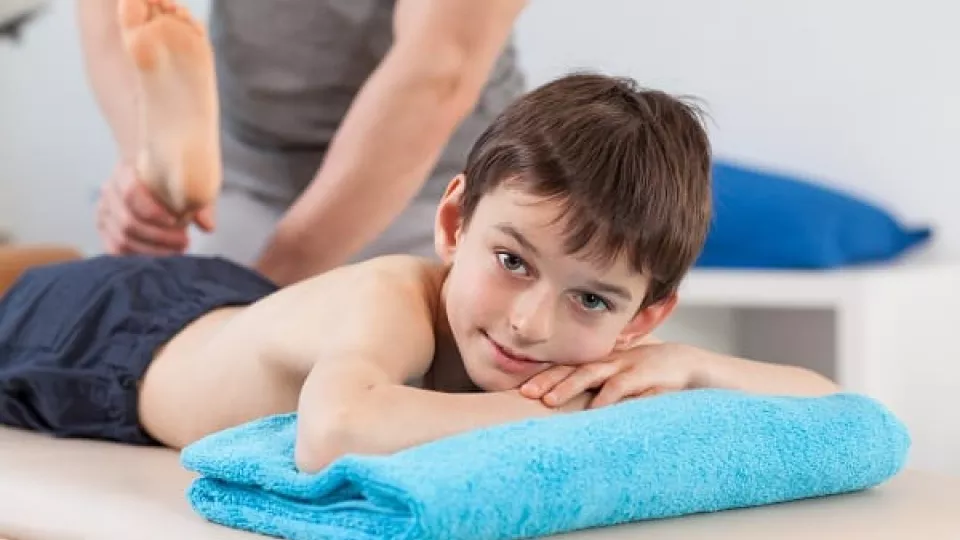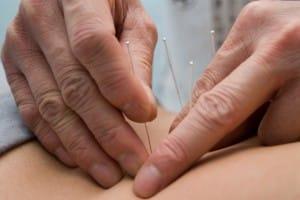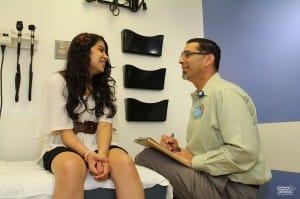
Managing Your Child’s Pain in a Non-Traditional Way
I grew up in a medical household. My mother is a registered nurse and my father, a medical doctor. During my childhood, I was treated in doctors’ offices and with traditional western medical treatments when I was sick. When I became an adult and was choosing medical care for myself, I looked into non-traditional, alternative medical treatments, or complementary medicine. I found this type of treatment to be very effective and helpful in healing after surgeries or injuries, managing pain and promoting overall well-being. Here at Children’s Hospital Los Angeles, we have the Pain and Palliative Care Clinic, where these methods are used along with traditional medical treatment to help achieve the best outcomes for patients with acute and chronic pain.
Complementary and alternative medicine, or CAM, for short, is described by the World Health Organization as “… a broad set of health care practices that are not part of that country’s own tradition and are not integrated into the primary health care system.” Complementary treatments are used along with traditional medical treatments; for instance, using acupuncture and medication to help control chronic pain.
When your child comes to the Pain and Palliative Care Clinic, their first appointment is a comprehensive 90-minute visit done with a social worker, psychologist and medical doctor. Afterwards, the team will share their decisions and recommendations about the best therapy to treat your child’s pain issues.
Some of the therapies used in the Pain and Palliative Care Clinic at CHLA:

- Massage: soothes pain and helps with relaxation
- Acupuncture: can help with pain and inflammation and is provided by professionals from our partner Yo-San University of Traditional Chinese Medicine. It provides a way to get relief from pain without medication
- Biofeedback: helps patients be more aware of their particular pain issues and provides them with ways to be more in control of their own pain management
- Personalized stress management: reduces stress that can affect pain
- Occupational and physical therapy: helps with the physical part of the pain
There are many benefits to using complementary and alternative treatments to help with pain management. One of the main benefits is that it helps reduce the use of pain medications for relief, such as oxycodone or Vicodin. This reduces the side effects that can occur when they are used, especially if used for long periods of time. These side effects can include constipation, physical dependence and reduced alertness.
The Pain and Palliative Care Clinic treats patients with:

- Fibromyalgia
- Migraines
- Daily headaches
- Chronic stomach pain
- Pain associated with cancer
- Rheumatology conditions
- A need or desire to reduce or eliminate the use of pain medication
- Issues with pain that are not resolving with pain medication alone
The Pain and Palliative Care Clinic is truly a “one-stop-shop” for difficult pain. Here, your child can get the best overall treatment to help manage and cope with the issues of acute and chronic pain. The goal is to get the best outcome and quality of life for your child so that they can get back to playing, going to school or just being a kid.
I want patients and families to understand that pain can be a complex process involving the mind, body and spirit. The treatments that are needed to manage pain are often equally complex and involve several types of combined treatments. Most often, especially with chronic difficult pain, one type of treatment is not enough to treat the whole child and get the best results. So, if your child is having difficult pain, I highly recommend the Pain and Palliative Care Clinic at CHLA.
I want to thank Jeffrey Gold, PhD, director of the Pain Management Clinic at CHLA and Debbie Jury, MSN, PNP-PC/AC, CNS, pediatric acute and primary care, for their help with this blog post. For more information on this topic, read a Q&A with Dr. Gold.

